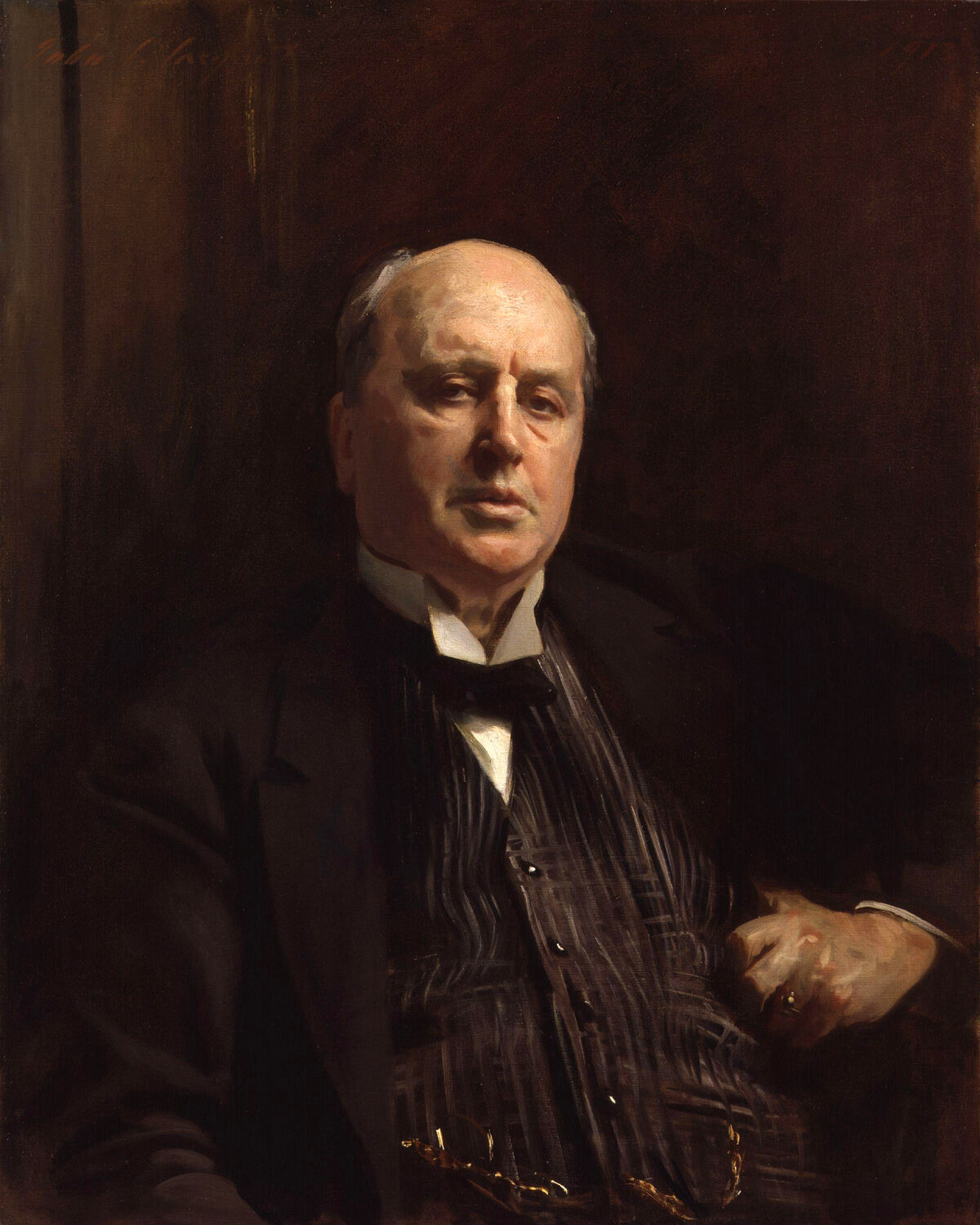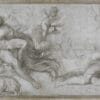When it comes to masterful writing, few authors can inspire and captivate readers quite like Henry James.
Known for his novels, novellas, and short stories, Henry James uses his intricate plots and deep characters to let us explore the depths of human emotion. His works are full of fine details and powerful themes that leave us with something important to take away.
With a wide array of literature to choose from, it can be difficult to know where to begin with Henry James’ work. To help you out, we’ve compiled this list of the top must-read masterpieces from the famous author. Join us as we travel back in time through some timeless classics and get lost in Henry James’ world!
Introduction to the Works of Henry James
If you’re looking for an escape from reality, the works of Henry James can transport you to a world of mere fiction. Through his extensive body of work, this Victorian-era novelist crafted eye-opening stories that examine cultural differences and societal norms. His masterpieces give readers the unique opportunity to delve deep into the inner workings of his characters’ minds, while also exploring themes of romance, betrayal, and morality.
One of James’ most popular works is The Portrait of a Lady, which tells the story of Isabel Archer — an independent-minded young American woman who experiences disillusionment with her husband and life in Europe. Another classic is The Wings of the Dove, a tale about two lovers faced with difficult decisions between love and money. Lastly, The Turn of the Screw takes readers into the sinister realm of a governess who believes her two young charges are being haunted by ghosts.
No matter which story you choose to explore first, each one paints an intricate portrait full of complex characters, nuanced plotlines, and sophisticated prose. By diving into these timeless classics, readers can gain insight into what it meant to be alive during James’ lifetime as well as discover human truths that remain relevant today.
The American Novels of Henry James
No matter if you’re a history buff, world traveler, artful soul, or literary enthusiast: Henry James is sure to capture your attention and inspire you with his powerful works of art. He wrote in many genres, but among his most famous works are the New York and Boston-inspired American novels he penned in the late 19th and early 20th centuries.
These stories are as timeless as they are captivating. You’ll witness protagonists delving deep into the mysteries of life and death, exploring both the inner and outermost parts of their worlds as they grapple with questions like identity, morality, loyalty, ambition—and everything in between.
Take Daisy Miller or The Portrait of a Lady for example: these stories center around complicated relationships between women abroad and their suitors, who bear symbolic value to the larger themes that James weaves into each scene. Whichever novel you pick up first—whether it’s Daisy Miller or The Europeans—you can guarantee a rollercoaster ride of emotions that will leave you questioning reality, craving more of it all.
The Turn of the Screw and Other Masterpieces
Few authors are as renowned for their contributions to literature as Henry James. His novellas, short stories, and novels introduced readers to his world of intricate plots, psychological nuance, and characters that live on in the minds of his fans.
For many readers, one of James’ most memorable works is “The Turn of the Screw”. This classic ghost story follows a young governess who experiences paranormal events as she cares for two recently orphaned children. The governess must also contend with a mysterious figure called the “Screw,” whose presence brings both dread and allure.
Other works by James that are worthy of exploration include:
- Daisy Miller: An American story about a beautiful young woman who travels to Europe and is forced to confront the strict social codes of 19th century Europe.
- The Portrait of a Lady: A novel about a young woman’s journey from naive innocence to self-knowledge and maturity.
- Washington Square: Follows an aging father’s attempts to control his daughter’s fate by denying her true love.
- The Wings of the Dove: Details the efforts of an impoverished woman determined to marry into money or die trying.
These works have not only influenced generations but have become timeless classics that still captivate readers today—testaments to Henry James’ genius.
Literary Reviews of Henry James’ Work
Henry James has earned a lasting legacy for his works of prose, which have captivated readers for generations. Literary critics have taken note of the author’s mastery of language, his keen sense of storytelling, and his craftsmanship.
Language Usage
James’ ability to command a sentence has been widely praised by language lovers and scholars alike. His use of complex idioms and sophisticated syntax has been admired by novels such as “Daisy Miller” and “The Portrait Of A Lady” as well as his novellas such as “The Beast In The Jungle.”
Narrative Structure
James was a master of structure, crafting scenes with skillful detail while keeping his stories moving in an engaging way. Critics have noted the craftsmanship of this kind of writing in works like “The Ambassadors” and “What Maisie Knew.”
Symbolism
James also had a genius for symbolism, using metaphors to explore themes such as identity, morality, and ambiguity in stories like “The Turn Of The Screw” and “Washington Square”. By weaving together diverse literary techniques into an engaging narrative tapestry, Henry James invites readers on a timeless journey into the minds of some of literature’s most intrepid characters.
Connecting the Themes of Henry James’ Work
Henry James is known for his evocative and timeless stories that bring readers into the lives of his characters. Throughout his works, James explores a range of complex themes, including love, morality, freedom and identity.
When you read any of James’ stories, it’s hard not to be drawn into the world he creates. His mastery of form and structure, combined with a deep understanding of the human condition, make him one of the greatest writers in history. One can’t help to become fully immersed in his narratives as we follow his characters on their journey for self-discovery and realization.
James’ work often focuses on moral dilemmas and the role of choice in determining one’s destiny. For example, in The Beast in the Jungle, John Marcher finds himself in an isolated world where he must grapple with loneliness and the impact of regret on his life choices. Similarly, in The Portrait Of A Lady, Isabel Archer has to consider the implications her decisions will have on her own fate as she navigates between independence and society pressures.
These themes are present throughout James’ oeuvre – and they are just as relevant today as they were when he wrote them over a hundred years ago. By exploring these ideas through compelling plots and endearing characters, Henry James continues to capture readers across generations with his unparalleled style.
Understanding Symbols in Henry James’ Work
Henry James’ writing is full of powerful symbols that bring to life his insightful observations about the human condition. From the moment we’re introduced to a character in one of his novels, their behavior, possessions, and surroundings all help express their inner turmoil and motivations.
The level of literary detail present in James’ work can be truly overwhelming – but decoding these symbols is worth the effort. Here are a few examples that you may come across:
Mirrors
Mirrors are a powerful symbol in Henry James’ work – they often represent a character’s search for self-understanding. As they reflect back at the protagonist, mirrors help them come to terms with difficult emotions or examine difficult choices being faced.
Perfumes and Scents
Smells can have profound effects on us psychologically, and are used heavily by James in his books as symbols for certain characters’ emotional states. Pleasant scents such as roses or violets may be associated with innocence, while disturbing aromas like incense are used to convey feelings of guilt or distress.
Nature’s Seasons
James often uses nature as a metaphor for different phases of life and experiences within his novels. The onset of winter may carry feelings of stagnation or acceptance, while spring hints at renewal and transformation.
By paying close attention to the subtler messages within Henry James’ works, you’ll gain precious insight into the complexities of human nature – it’s just one more thing that makes reading him such an invaluable experience!
From his debut in 1875 with the short story collection ‘A Passionate Pilgrim and Other Tales’ to his 1897 volume ‘What Maisie Knew’, Henry James has remained a much-loved literary giant in the world of fiction. His work has inspired multiple films and television shows, and the prodigious author has left an indelible mark on the tapestry of American literature. Whether it’s the psychological horror of his ghost stories or the complexity of his love stories, James’ work offers something for everyone. If you’re looking for a journey through literature, take a look at Henry James’ timeless masterpieces.







